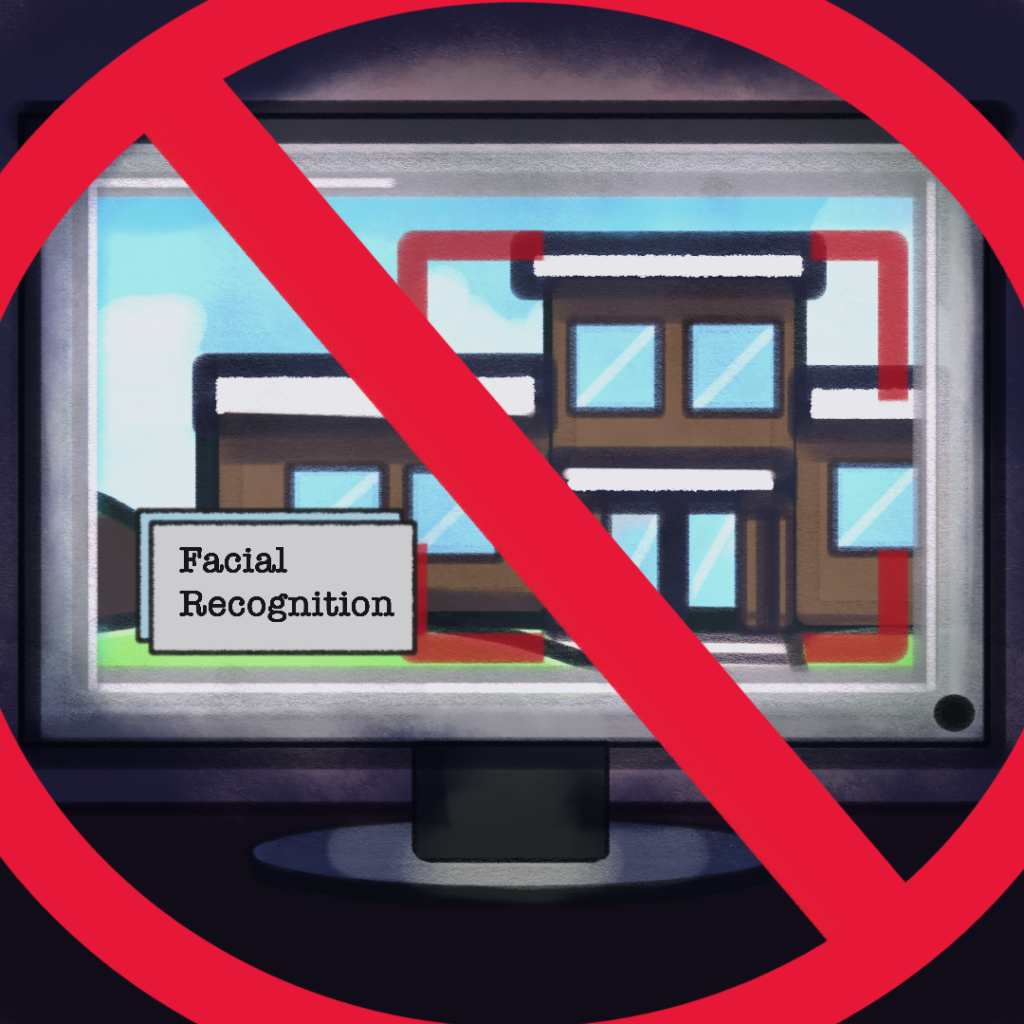The New York State Department of Education recently announced the prohibition of facial recognition technology in schools.
Handed down by Betty Rosa, president of the University of the State of New York and the state commissioner of education, the decision was based in part on a report from Aug. 7 from the Office of Information Technology Services on the use of biometric identifying technology. In her statement, Rosa noted that concerns related to the application of the technology in schools outweigh any proposed benefits, a conclusion from the report. One major concern was the potentially higher rates of false positives for people of color, the elderly, children, women and nonbinary or transgender people. Another primary concern was the issue of parental consent with schools potentially implementing the technology.
The decision is directed toward all schools — public, nonpublic and charter schools — at K-12 levels statewide.
In a press release, JP O’Hare, the press secretary for the state Department of Education, outlined some of the key points from the decision.
“The order prohibits schools in New York state from purchasing or utilizing facial recognition technology,” the statement said. “Schools can decide whether to use biometric identifying technology other than facial recognition technology at the local level so long as they consider the technology’s privacy implications, impact on civil rights, effectiveness and parental input.”
The report looked at potential outcomes of collecting biometric data on students, faculty and other individuals who might step foot on school grounds. Analysis specifically focused on the possible impact the technology’s implementation could have on students’ civil rights and liberties. Reflecting on the opinions of proponents of the technology’s usage, Rosa articulated that the report’s findings showed little evidence exists to prove that the technology has prevented violent occurrences from taking place.
David Archer, a 33-year public school teacher and coordinator of the education minor at Binghamton University, said he agreed with the state’s decision on the technology’s presence in schools.
“I think it’s a smart decision because the technology is so new,” Archer said. “We shouldn’t jump into using it and violate people’s rights, perhaps. I’m not against it in the future if it starts to be used in airports and other places, but to just have it start out in schools, I’m not in favor of.”
The issue of facial recognition technology’s use in New York state schools first became a hot-button issue when the Lockport Central School District (CSD) instituted the technology for security purposes in January 2020, in compliance with requirements set by state education officials at that time. Then, parents in the district raised a multitude of concerns with the technology, including potential for privacy violations, faulty accuracy and racial biases. Some of these concerns would be chief among those listed in both the report on the technology from August of this year and Rosa’s decision from Sept. 27.
Donna Geetter, an English teacher at Johnson City High School and an adjunct professor at BU, described the issue as a balancing act between parental and student needs and government action.
“It seems to me that it was a natural response for families to have some fear around the use of facial recognition in schools,” Geetter said. “While it is incumbent upon schools to prioritize student safety, public schools nevertheless remain institutions whose operations are very much at the mercy of those they serve. Balancing the desires of families, the needs of students and the demands of state and federal mandates comprises the never-ending gymnastics of public school life.”
The order mandates that schools that purchased any facial recognition technology with funds from the Smart Schools Bond Act before Dec. 20, 2020 must cease usage of the technology. The Lockport CSD was the only case of the technology being implemented in New York state schools that received prominent coverage from media outlets before the ban. The technology has been used in other fields, most notably in law enforcement, along with use in public spaces or sports venues, like airports and Madison Square Garden.
Sebastian Sepulveda, a senior majoring in mathematics, expressed concern about the technology’s privacy issues.
“It does sound like a right to privacy issue,” Sepulveda said. “I feel as if it is taking people’s personal information without their permission, and that alone makes it unacceptable, even if the purpose it’s being used for is security.”



